April 19, 2025 | 11:16 GMT +7
April 19, 2025 | 11:16 GMT +7
Hotline: 0913.378.918
April 19, 2025 | 11:16 GMT +7
Hotline: 0913.378.918
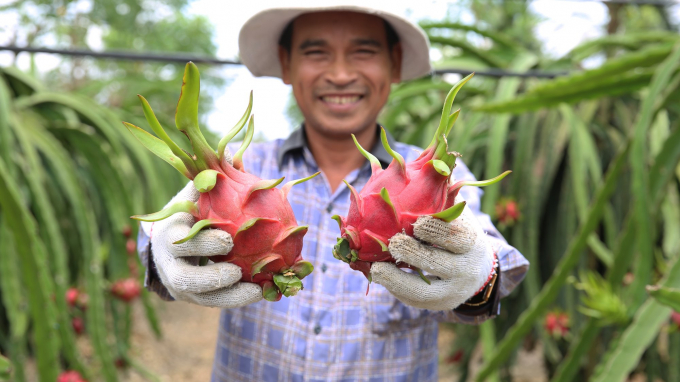
Dragon fruits of My Tinh An cooperative are being exported to the US, Australia.
According to the Department of Plant Protection (under the Ministry of Agriculture and Rural Development, MARD), by the end of April 2021, the department issued 3,414 growing area codes for fruits, vegetables and seeds for export nationwide.
The department also issued 1,826 codes for packing facilities of fresh fruits that areallowed to export to markets like China, Australia, the US, New Zealand, South Korea, Japan, etc.
With fresh fruits, the department issued 2,821 growing area codes for 12 kinds of fruits, including dragon fruit, logan, lychee, mango, rambutan, star apple, lemon, grapefruit, mangosteen, watermelon, jackfruit and banana. These fruits are grown in 48 province and cities for export to China, the US, Australia, New Zealand, South Korea, Japan, EU.
The area for growing of coded fruits is over 196,000 hectares, accounts for around 17% of the total fruit growing area nationwide, of which, mango and dragon fruit have the most growing area codes issued.
Besides, the Department of Plant Protection has issued 11 growing area codes for seeds of chili and tomato, 193 codes for spicy plants growing in net house for export to Europe, and 389 codes for bonsai and flower for export to South Korea and China.
Currently, China is the market that has most relatively growing area codes issued, with 1,703 codes issued for 9 kinds of fruits and black jelly plant. At the second place is the US with 575 growing area codes for 6 kinds of fruits.
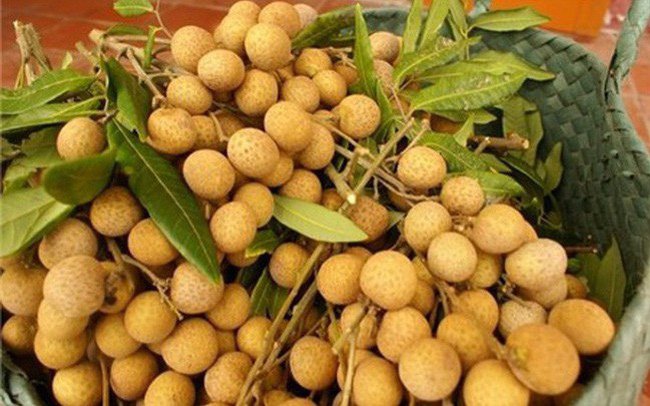
Logan is one of 12 kinds of fruit of Vietnam that have been issued growing area code.
The Mekong Delta is the area that have the most codes issued nationwide, accounts for nearly 36.84% of the total codes issued, equivalent to 1,258 codes. All these issued codes are for fruits, of which Tien Giang with 257 codes, Dong Thap with 225 codes and Long An with 182 codes are three provinces that have the most codes issued for growing area.
The flagship products of the three provinces are dragon fruit, mango, jackfruit, logan and watermelon. Growing areas in the three provinces are appraised for well implementing technical process of intensive farming and applying technological advances to production.
Packing facilities that have been issued codes are now in 37 provinces nationwide.Of which, the facilities that are issued codes for export to China account for 97% with 9 kinds of fresh fruit, including dragon fruit, mango, logan, lychee, rambutan, banana, jackfruit, watermelon and mangosteen.
There are over 50 codes issued for packing facilities to export other markets, and all are for fresh fruit, including dragon fruit, mango, logan, lychee, rambutan and star apple.
These packing facilities are checked by importing countries regularly, once yearly or once in three years. Most packing facilities are in hot steam treatment area orirradiation area; has adequate equipments, ensuring compliance with the packaging process according to the one-way principle.
The Department of Plant Protection assessed that, in addition to the traceability efficiency and meeting the requirements of the importing country, the implementation of the management of codes for growing areas and packing facilities also achieved positive impacts and effects; stabilize and improve thequality, increasing the competitiveness of exported agricultural products; change the perception of people, businesses and local managers; promote linkages between production and value chains.
Mr. Van Tan Phuong, deputy director of My Tinh An cooperative in Tien Giangprovince, shares his experiences on code for growing area. Before being issuedgrowing area code, the dragon fruits of the cooperative were exported only to some markets in Europe and Asia. But from the time of being issued growing area code, the cooperative has exported dragon fruit to the US, Australia, expanding its exporting markets.
Translated by Khanh Linh
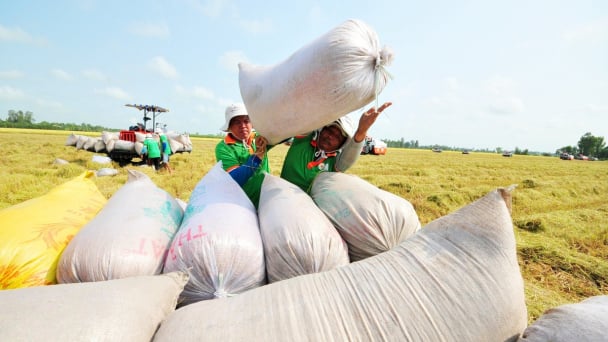
(VAN) The rice industry in the Mekong Delta is undergoing a major transformation, shifting toward sustainable, high-quality, and low-emission exports to meet the green and clean standards increasingly demanded by international markets.
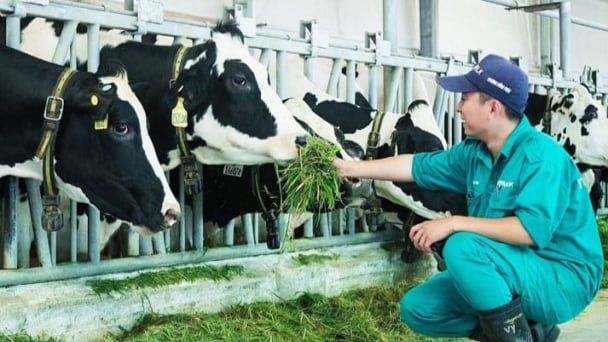
(VAN) According to Tong Xuan Chinh, Deputy Director of the Department of Livestock Production and Animal Health, Vietnam’s dairy cattle industry must overcome seven major challenges to achieve sustainable development.
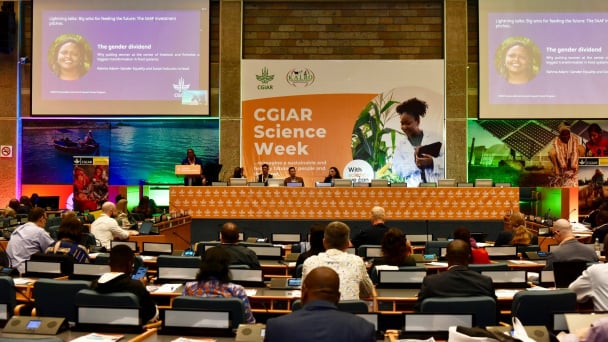
(VAN) The CGIAR’s Sustainable Animal and Aquatic Foods (SAAF) program represents a new approach that emphasizes the transformation of food systems toward sustainability.
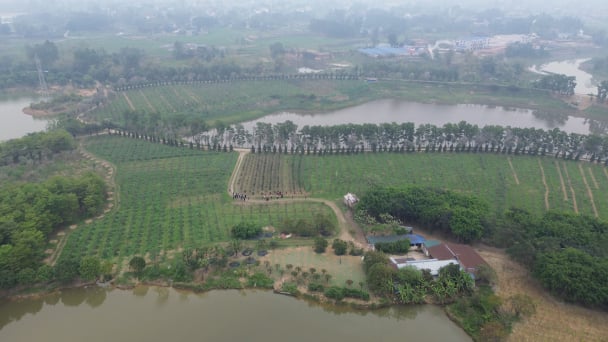
(VAN) Scientists assume that industrial agriculture has been 'outdated.' As a result, a comprehensive overhaul or a revolution in the direction of embracing ecological agriculture is needed.
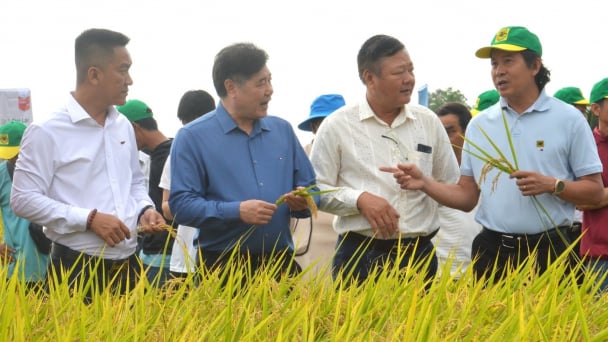
(VAN) The results from pilot fields are catalyzing the expansion of the One million hectares of high-quality, low-emission rice project in Kien Giang.
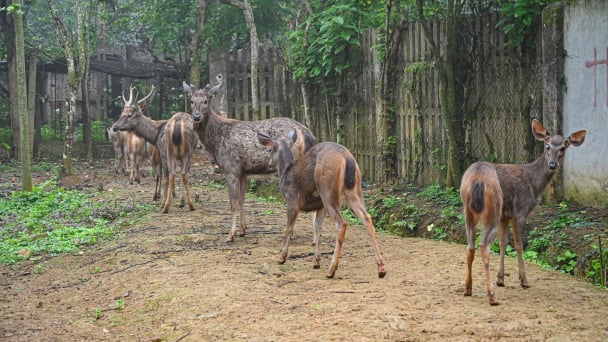
(VAN) On the morning of April 11, Cuc Phuong National Park received 18 individuals of endangered and rare wild animals from Da Nang city.
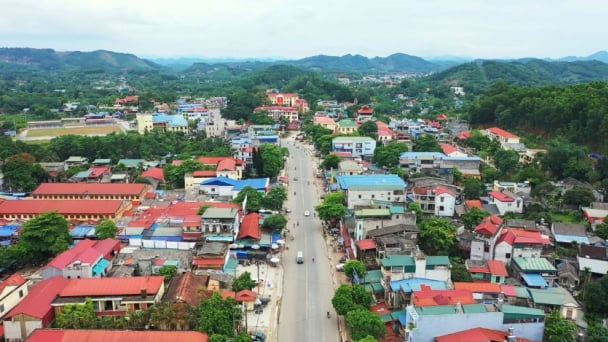
(VAN) FAO supports Vietnam in enhancing survey sampling techniques for the 2025 nationwide agricultural and rural census.